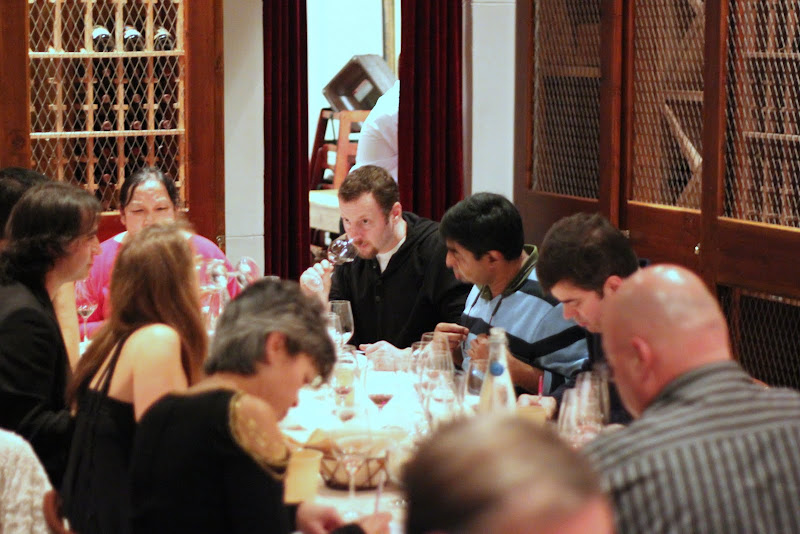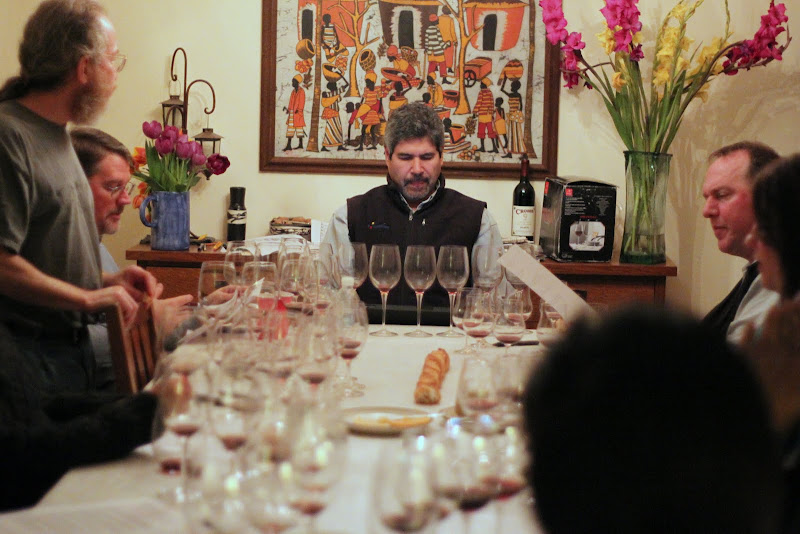1998 vs 2007 - greatest Chateauneuf-du-Pape face-off ever?

One of the most reputable wine writers of our time Eric Asimov aptly noted in New York Times in 2007: A good Châteauneuf-du-Pape is first and foremost a wine-lover's wine. Other wines can give you gloss and symmetry, the sort of good looks that are obvious even if you aren't much of a wine drinker. But Châteauneuf does not lend itself to smoothness and polish. It is earthy and sometimes fierce, the proverbial "brooding" wine. Yet as difficult as it can initially be to embrace, the ornery character of Châteauneuf makes it all the more rewarding when the lights finally go on. That aha! moment is like suddenly recognizing the beauty in one of Picasso's women, and realizing that conventional notions can take you only so far. A classic Châteauneuf can offer the fruit flavors that most wine drinkers love so well, ranging from cherry and blueberry to deep, rich raspberry. It can also have intense aromas of violets and other flowers, woven through with whiffs of earth an...


